
 Indian and Mound-builder Spear-heads
Indian and Mound-builder Spear-heads Soldiers - 12 th Century
Soldiers - 12 th Century 10th Century soldier
10th Century soldier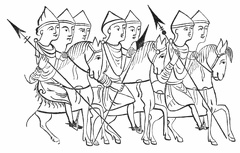 Anglo-Saxon soldiers
Anglo-Saxon soldiers Anglo-Saxon Spearmen
Anglo-Saxon Spearmen Sir Robert Shurland
Sir Robert Shurland Saxon Soldiers
Saxon Soldiers Saxon Soldier, in Leather Armour
Saxon Soldier, in Leather Armour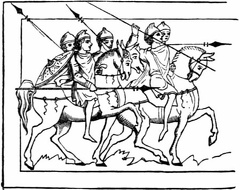 Saxon Horse Soldiers
Saxon Horse Soldiers Quilted Armour
Quilted Armour Saxon soldier in armour
Saxon soldier in armour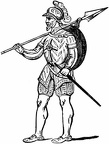 Pikeman
Pikeman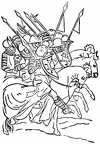 Men-at-Arms, Fourteenth Century
Men-at-Arms, Fourteenth Century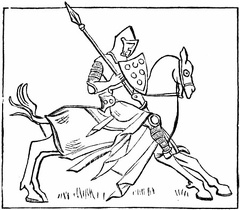 Knight of the end of the Thirteenth Century
Knight of the end of the Thirteenth Century Knight and Men-at-Arms
Knight and Men-at-Arms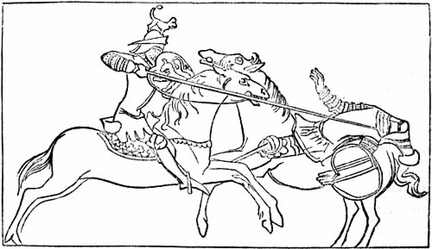 Jousting
Jousting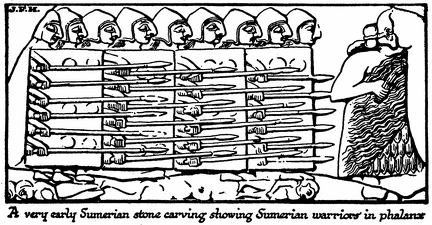 Sumerian Warriors in Phalanx
Sumerian Warriors in Phalanx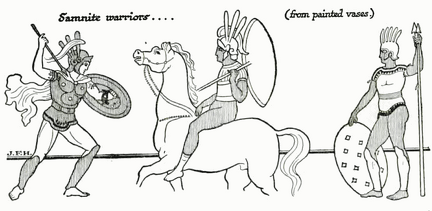 Samnite Warriors
Samnite Warriors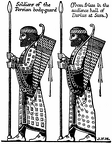 Persian Body-guard
Persian Body-guard Athenian Foot-soldier
Athenian Foot-soldier Member of the body-guard of the Sheikh of Bornou
Member of the body-guard of the Sheikh of Bornou Lancer of the army of the Sultan of Begharmi
Lancer of the army of the Sultan of Begharmi Ashantee warrior
Ashantee warrior Warrior of Java
Warrior of Java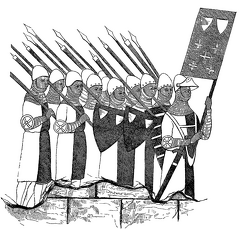 Civic Guard of Ghent (Brotherhood of St. Sebastian)
Civic Guard of Ghent (Brotherhood of St. Sebastian) German Soldier
German Soldier Roman Soldiers
Roman Soldiers Anglo Saxon Retainer
Anglo Saxon Retainer



